Printer-Friendly PDF
Learning Through Places
Engineering: West Cornwall Covered Bridge
Where’s Cornwall?
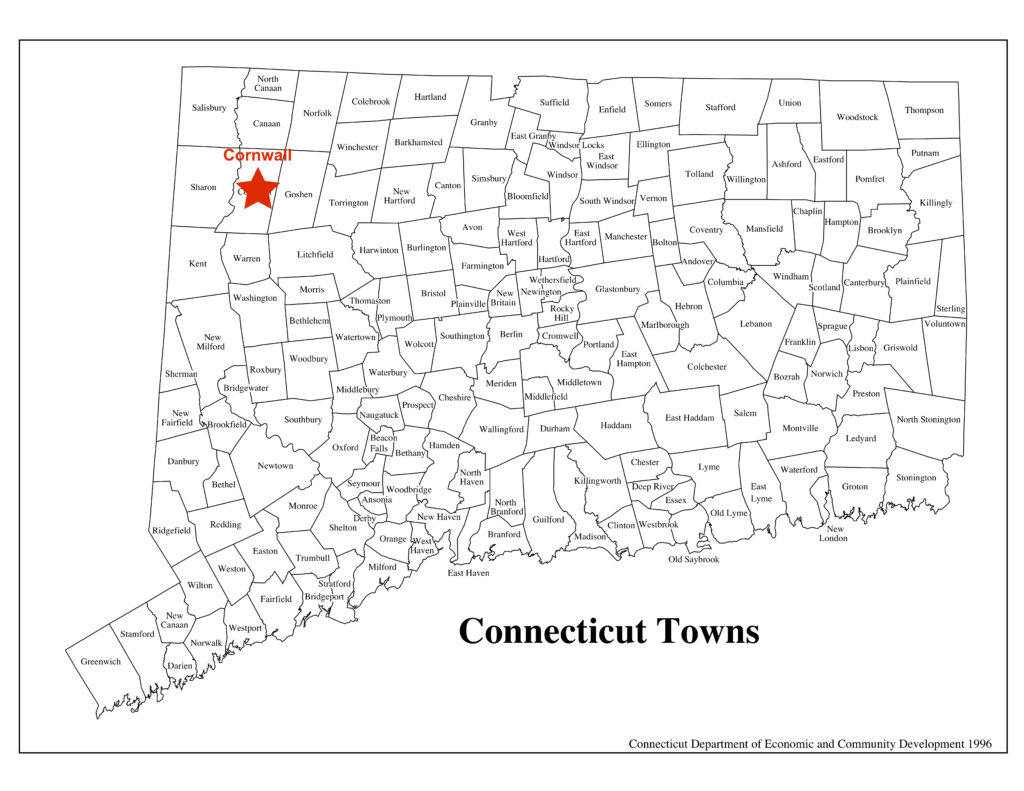
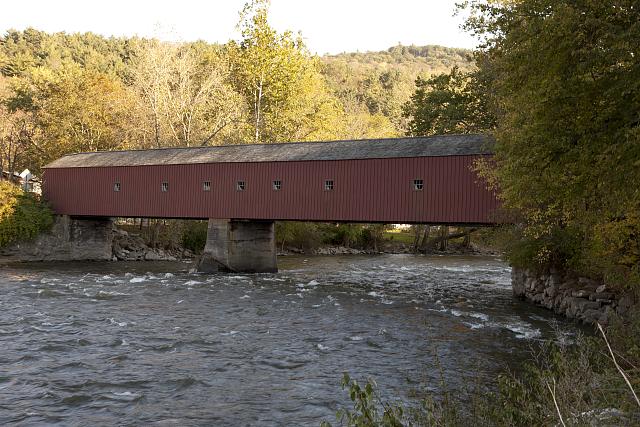
West Cornwall Covered Bridge over the Housatonic River, between Cornwall and Sharon. Photo: Carol Highsmith, Library of Congress
What do you see in the photograph?
What is this structure? What is its job?
Is it near the water?
What is it made out of?
Does it look strong?
Let’s learn about this place!
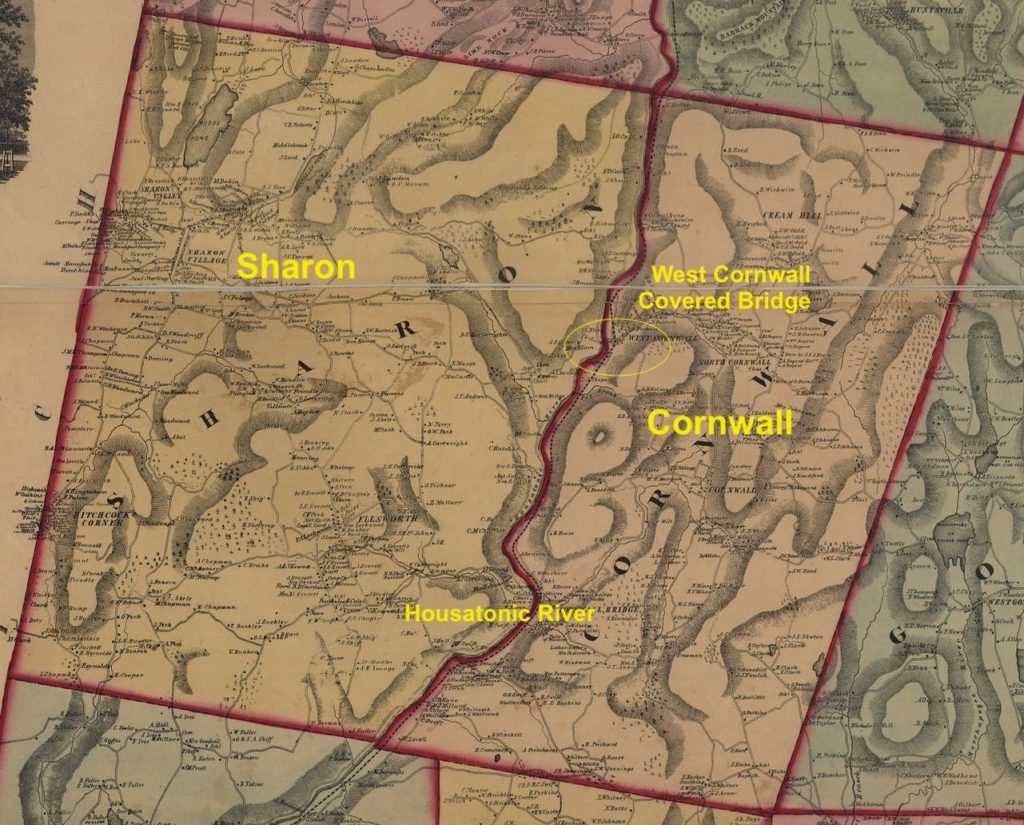 Do you drive over a bridge on the way to school? Or to go shopping or to visit your relatives? Most people drive over bridges everyday. They don’t usually notice!
Do you drive over a bridge on the way to school? Or to go shopping or to visit your relatives? Most people drive over bridges everyday. They don’t usually notice!
Connecticut has many rivers and streams. Without bridges, how would you get across? The West Cornwall Covered Bridge is one of only three covered bridges left in Connecticut. It is over 100 years old!
The West Cornwall Covered Bridge was built about 1864. It is made of wood. It’s called a “covered” bridge because it has a roof and sides. The roof and sides help protect the wood from rain and snow. This helps the bridge timbers to last longer. Wood that stays wet for a long time rots. Rotted wood isn’t strong.
Covered bridges were built in Europe and Asia for hundreds of years. In the United States, there may have once been as many as 12,000 covered bridges. In 2018 there are fewer than 1,000 left.
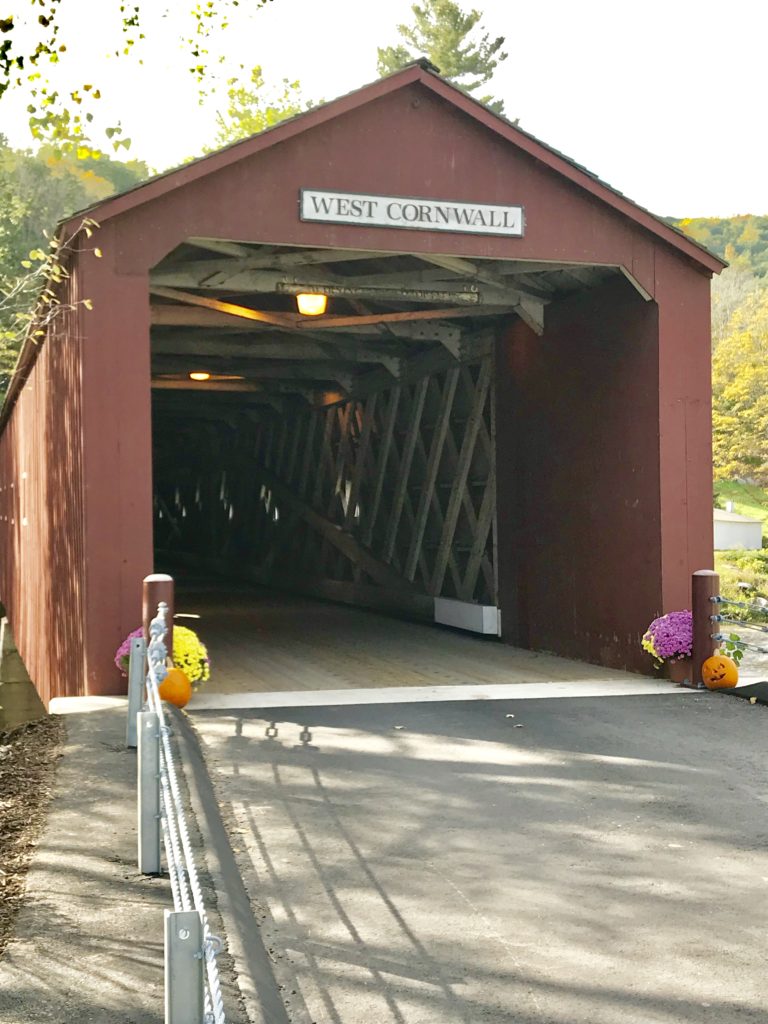
Roadway onto the bridge. Photo: Mary Donohue, 2018
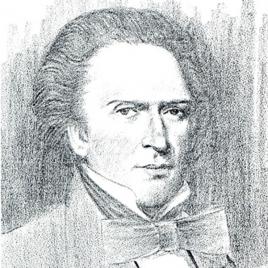
Ithiel Town. The Cultural Landscape Foundation, https://tclf.org/ithiel-town
Ithiel Town: Inventor of the Lattice Truss Bridge
Ithiel Town was an early Connecticut architect and engineer. He invented the way the West Cornwall bridge is constructed. It’s called a lattice truss bridge.
Town was born in Thompson, Connecticut in 1784. He studied architecture with an important Boston architect named Asher Benjamin. In 1812 Town moved to New Haven and began his career as an architect.
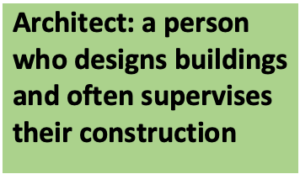 Town studied the way bridges were constructed. They were built with heavy tree timbers. It took many skilled men to construct a bridge. Town came up with a better design. His design used light-weight planks. The Pine or Spruce boards were held together with wooden pins. This kind of bridge was easier to build. Bridges could be built cheaper and faster with his system. He patented his design. This meant that he was paid a small amount every time a Town’s lattice truss bridge was built. Town’s bridge design was so popular he became a wealthy man!
Town studied the way bridges were constructed. They were built with heavy tree timbers. It took many skilled men to construct a bridge. Town came up with a better design. His design used light-weight planks. The Pine or Spruce boards were held together with wooden pins. This kind of bridge was easier to build. Bridges could be built cheaper and faster with his system. He patented his design. This meant that he was paid a small amount every time a Town’s lattice truss bridge was built. Town’s bridge design was so popular he became a wealthy man!

Lattice bridge, published in Frederick Converse Beach Encyclopedia Americana (New York, NY: Americana Company, 1903). Accessed at ClipArtETC, Florida Center for Instructional Technology, University of South Florida
This is a diagram of a lattice truss bridge from the side (the part on the left) and as a “cross section” (the part on the right). A cross section is what something would look like if you took a slice out of the middle.
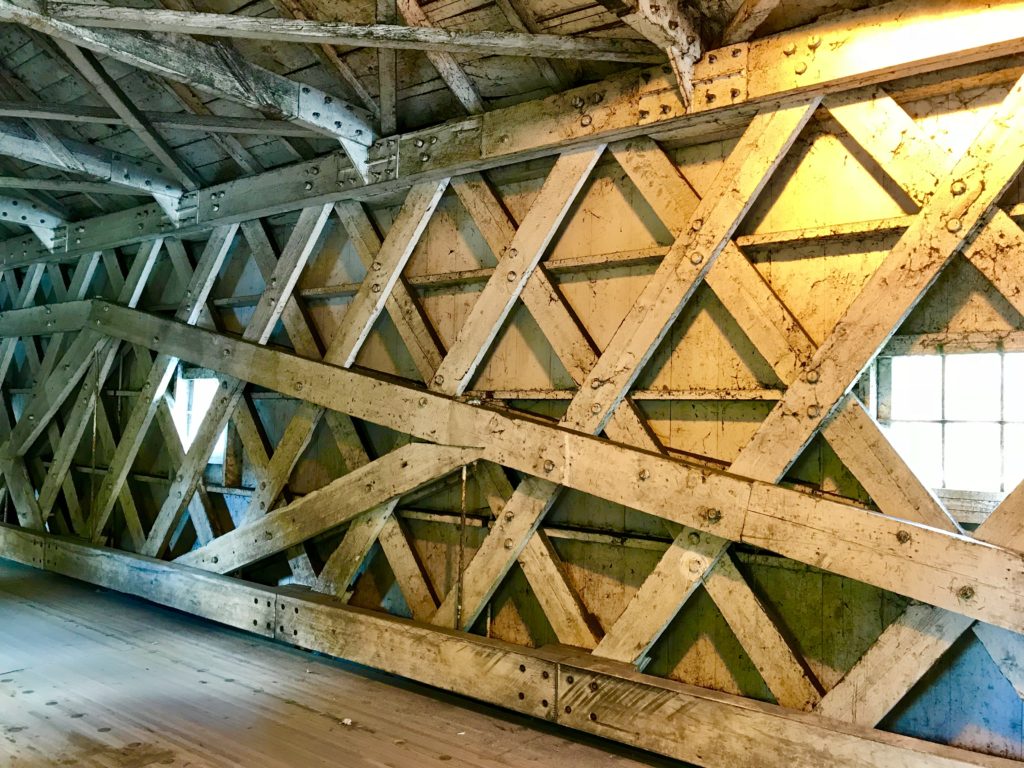
Town trusses, West Cornwall Covered bridge. Photo: Mary Donohue, 2018
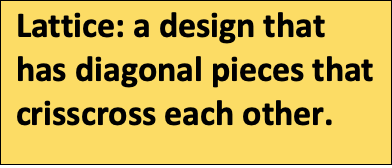
Saving the West Cornwall Covered Bridge
The State Department of Transportation is the department in charge of Connecticut’s roads. It’s often called the DOT for short. In 1968 the DOT was worried about the strength and safety of Cornwall’s covered bridge. DOT engineers were worried it couldn’t carry the weight of modern cars and trucks. They thought that it should be demolished. They wanted to build a bridge made of steel and concrete.
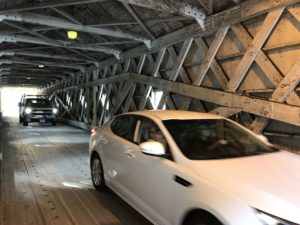
Cars traveling over the bridge. Photo: Mary Donohue, 2018
A group of local citizens wanted to save the bridge. They worked hard to convince the state to save it. A clever plan was hatched. The bridge was raised slightly. Steel support beams were placed under the bridge. This made it safe for traffic and preserved a beautiful community landmark!
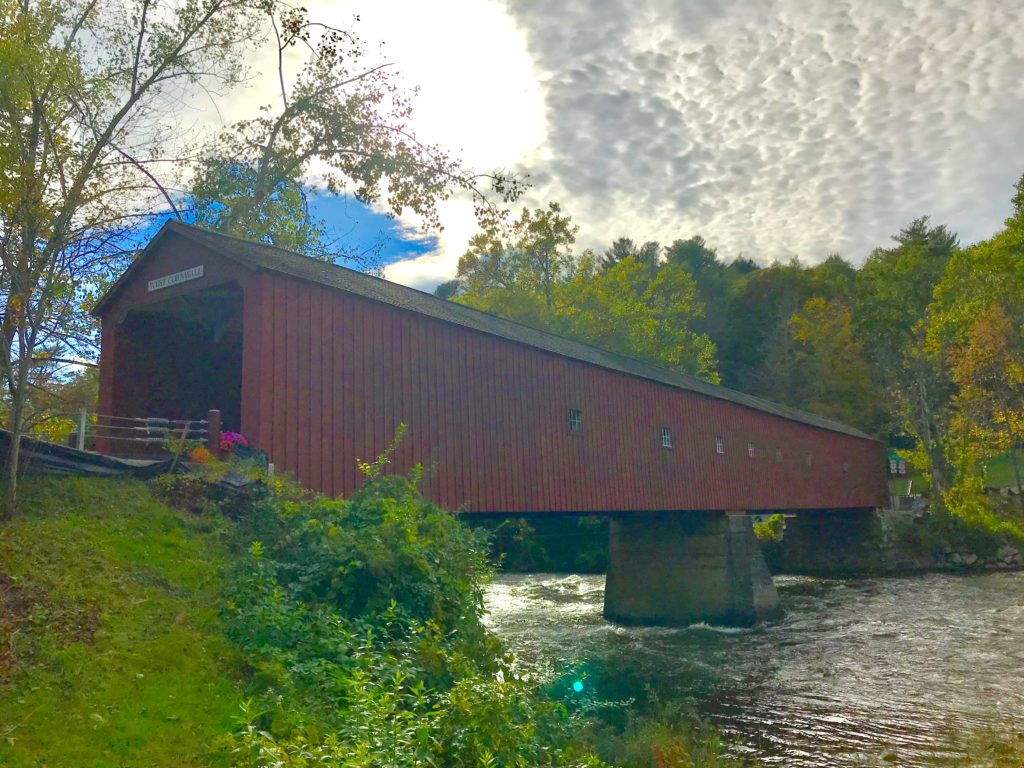
West Cornwall Covered Bridge. Photo: Mary Donohue, 2018
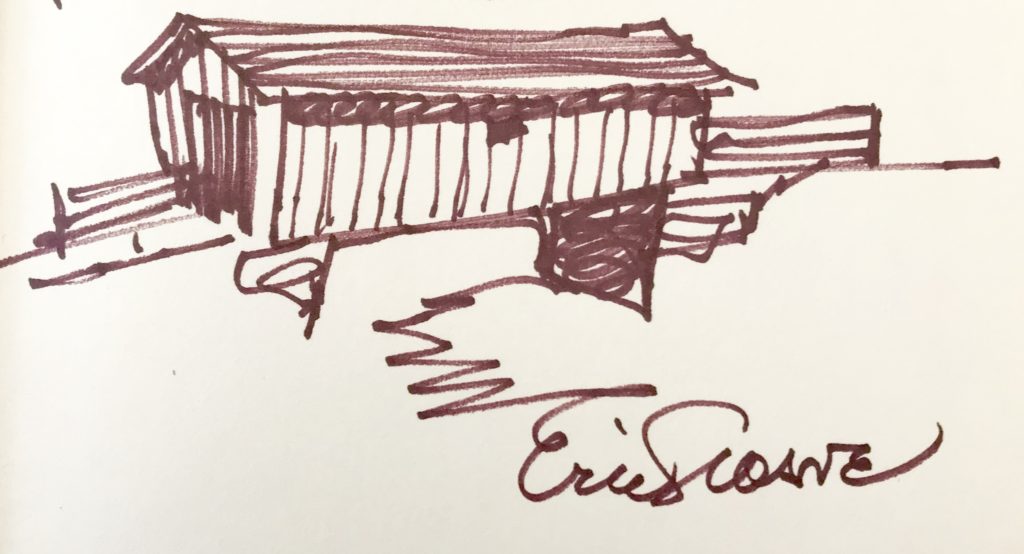
Sketch of a covered bridge by Connecticut artist and author Eric Sloane. Covered bridges are often seen in paintings and photographs as landmarks in their communities and for their beauty. photo: Mary Donohue
On Your Own
-
Look on the Internet for examples of bridges such as Hartford’s Bulkeley Bridge, the Brooklyn Bridge in New York City, or the Golden Gate Bridge in San Francisco. Print out photos and make a collage of different types of bridges that you discovered.
-
Interview your parents, grandparents, or a neighbor about the bridges that they drive over. Do they ever drive over the Connecticut River from Hartford to East Hartford? What about the Arrigoni Bridge from Middletown to Portland? Why is it important to getting them where they need to go? Find a photo of a bridge that you have been on or that your parents have driven over and write a description of the bridge. What is it made of? Can you find out how old it is? Why do you think it was built there? Was it built for trains or cars or people? What does it go over? Look at the way it is constructed. How is it different or the same as West Cornwall’s covered bridge? Can you make a statement about how bridge construction has changed over time?
-
Bridges are often shown in artwork. Look at the examples of paintings or drawings of bridges from the websites of some Connecticut museums listed below. Choose one you really like. Make a drawing or painting of the West Cornwall bridge that is inspired by the artwork you chose.
Wadsworth Atheneum Museum of Art
Yale Art Gallery
New Britain Museum of American Art
Florence Griswold Museum
Connecticut Historical Society



 Do you drive over a bridge on the way to school? Or to go shopping or to visit your relatives? Most people drive over bridges everyday. They don’t usually notice!
Do you drive over a bridge on the way to school? Or to go shopping or to visit your relatives? Most people drive over bridges everyday. They don’t usually notice!

 Town studied the way bridges were constructed. They were built with heavy tree timbers. It took many skilled men to construct a bridge. Town came up with a better design. His design used light-weight planks. The Pine or Spruce boards were held together with wooden pins. This kind of bridge was easier to build. Bridges could be built cheaper and faster with his system. He patented his design. This meant that he was paid a small amount every time a Town’s lattice truss bridge was built. Town’s bridge design was so popular he became a wealthy man!
Town studied the way bridges were constructed. They were built with heavy tree timbers. It took many skilled men to construct a bridge. Town came up with a better design. His design used light-weight planks. The Pine or Spruce boards were held together with wooden pins. This kind of bridge was easier to build. Bridges could be built cheaper and faster with his system. He patented his design. This meant that he was paid a small amount every time a Town’s lattice truss bridge was built. Town’s bridge design was so popular he became a wealthy man!




